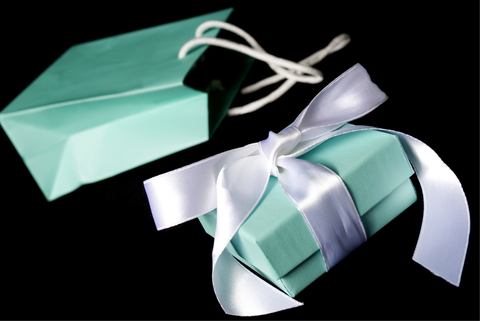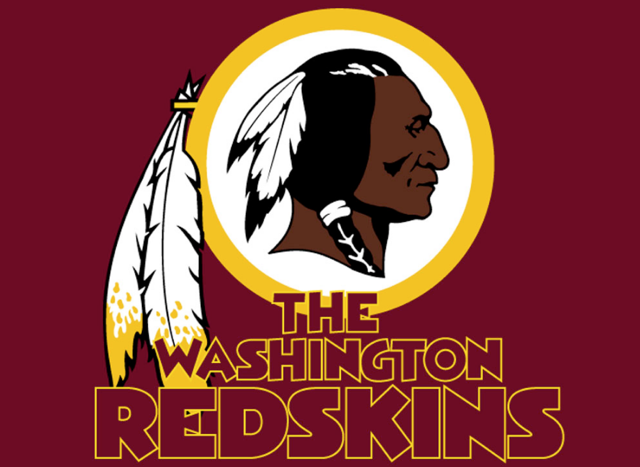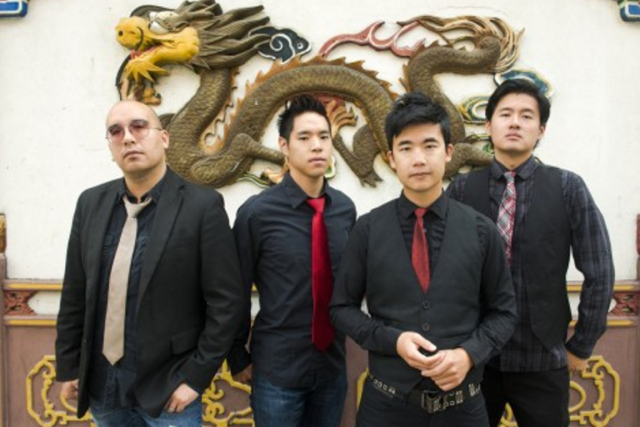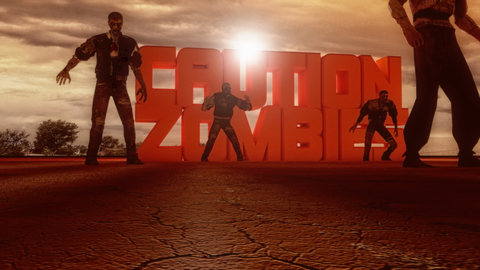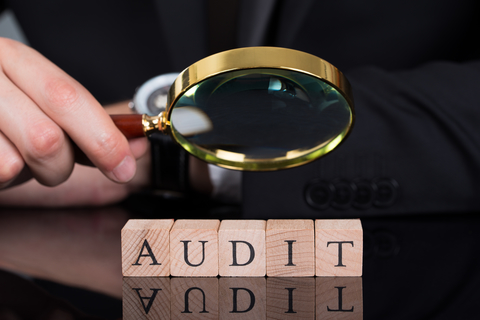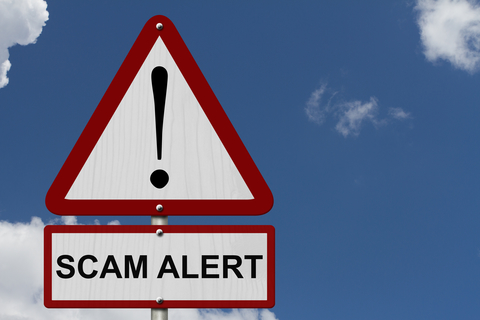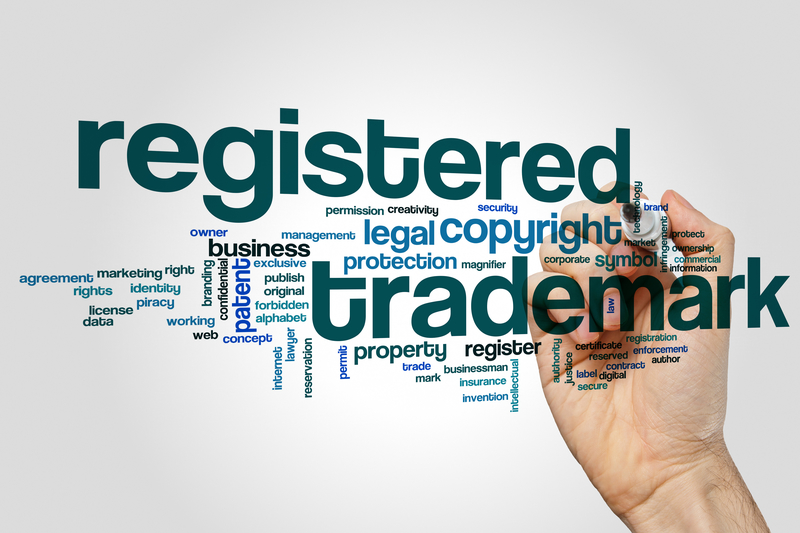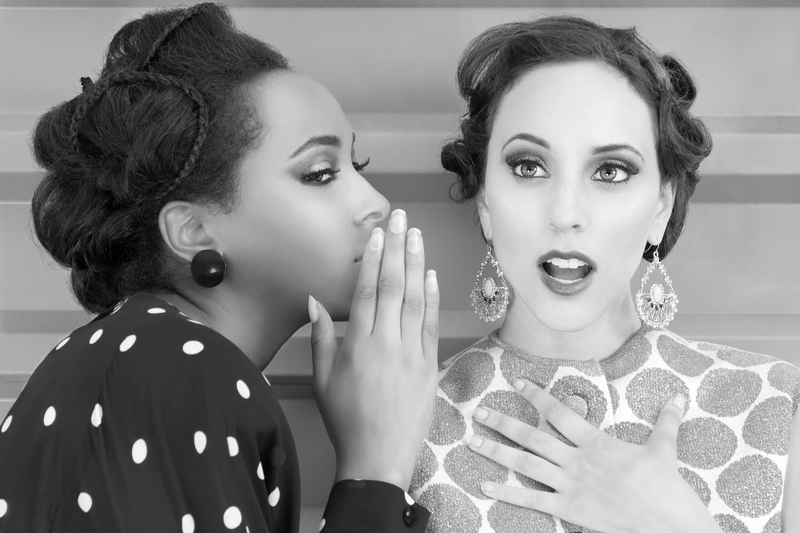QUESTION:
The trademark I want to use and register, ZOMBOID, is marked DEAD on the United States Patent and Trademark (“USPTO”) Register. Can I go ahead and use it on my products (video games) and register it as my trademark?
ANSWER:
DEAD can mean a lot of things in trademark speak. There’s the Really Dead, The Walking Dead and what we call Zombie Trademarks — the ones that can rise from the grave to walk again in interstate commerce and make your life miserable.
Patents and copyrights expire, but a trademark can live forever, so long as it’s being used commercially. Sometimes, an owner will stop using a trademark altogether, with no intent to use it again. This is truly “abandoning” the trademark (the “Really Dead”) and abandonment is presumed after three years of non-use and is also grounds to seek cancellation of a Registered Trademark. But there are a lot of hurdles to get over to finding out if a trademark is Really and Truly Dead and therefore available to you.
DEAD TRADEMARK APPLICATIONS
In the case of applications for trademarks that have been filed in the USPTO, a trademark can be abandoned while the application is in the works, or after it has registered.
So, with ZOMBOID, for example, a trademark application filed by Mattel back in 1992 and again in 2004, for toys and games, both now noted as DEAD in the USPTO, the notation also says ABANDONED. That sounds good, right? Yes, but we need to know more. Digging into the USPTO file reveals that Mattel apparently lost interest in the ZOMBOID trademark. Their applications went all the way through the year-long process, but Mattel failed to submit proof that they had started using ZOMBOID for toys and games.
Since the last ZOMBOID application was abandoned over ten years ago, this is a pretty good indication that ZOMBOID may be available now, but it’s not a certainty. The USPTO Trademark Register changes every day and there are over 5 million active trademarks of record now.
A check of Mattel’s website for ZOMBOID, and a general Google search for ZOMBOID could reveal that Mattel, or someone else, is now actually using the ZOMBOID trademark. Even if that person, or company, never filed an application to register the trademark ZOMBOID, they would have “common law rights” flowing from actual use of ZOMBOID, and your application for ZOMBOID could be successfully opposed by that user if and when they find out about it.
In other cases, where an application shows as ABANDONED, it may be because the applicant missed a due date to respond to an examining attorney’s inquiry or objection (called an “Office Action”). While a trademark is moved to the WALKING DEAD zone shortly after such a failure, it can easily be resurrected for up to two months by paying extra fees and filing a “Petition to Revive.” In other cases, the application may have been refused for any one of a number of legal reasons, and that could mean yours will be refused as well.
Beware most of a DEAD application that is shown as WITHDRAWN. Almost no one withdraws an application, even if they have lost interest in the trademark, unless forced to. Usually, unwanted trademark applications simply die a natural death, expiring for lack of attention. But a withdrawal usually indicates a legal fight has taken place, and the applicant settled the matter by withdrawing its application. This is a big red flag.
Even after clearing the above hurdles, you need to do, or have a professional do, a proper trademark search to determine if ZOMBOID is currently registrable. Are there other similar trademarks that have been filed in the meantime that may be considered “confusingly similar” by the USPTO? What about ZOMBIE BOY, ZOM-BOYD, ZOMBOY, ZOMBIE-OID and other variations? If used on videogames, any one of these could be a death knell to your ZOMBOID application, with an examining attorney issuing an immediate refusal.
DEAD TRADEMARK REGISTRATIONS
What about actual trademark Registrations that are shown as DEAD? Usually, these are noted as CANCELLED, and that usually means they were not properly renewed.
In many cases, however, the trademark owner does not even know the trademark has been cancelled. The USPTO sends only a single courtesy reminder of renewal, to the last address on the file. Many a trademark owner is horrified to find its trademark has been cancelled and rushes to file a fresh application, often based on long use in commerce. What that means to your ZOMBOID application, is that it could be formally opposed by the original owner of the cancelled trademark, on the basis of earlier use, and a failure to renew on time.
But the Registration might also be CANCELLED because another party filed a Cancellation Action against it. Tread with extreme caution over these gravesites! Someone wants this trademark, or something similar, very badly.
ZOMBIE TRDEMARKS
A reminder that ZOMBIE MARKS still live and walk among us occurred last year after Strategic Marks LLC sought to live up to its company name by filing trademark applications for long abandoned Macy’s trademarks. The matter was finally resolved after Macy’s sued, by a court-ordered settlement. Macy’s was allowed to keep some of its “heritage brand” marks, including MARSHALL FIELD’S, on the basis that the public still had residual feelings and recognition of them, and could be confused into thinking that Macy’s itself was again opening stores under this name. (Given the climate for retail stores lately, this seems highly unlikely.) MARSHALL FIELD’S is therefore a true Zombie Mark, walking again after 15 years of abandonment by Macy’s. But these are rare.
Normally, three years of non-use is considered technical and legal abandonment of a trademark. Strategic Marks still managed to secure trademark rights in BULLOCK’S DEPARTMENT STORE and MAY COMPANY, among others.
To sum up, in terms of trademarks, “DEAD” may not really mean “DEAD” or at least, not forever. You need play detective to figure out if you can use and register a trademark without a legal challenge. Start with investigating the USPTO file, find out all you can about the reason the trademark application or registration was abandoned or cancelled. Do more due diligence, search the previous owner’s website, do a Google search, an Amazon search and all other Internet searches that may give you more information about the trademark and who may be using it now. Lastly, obtain a professional search opinion as to whether the trademark you want is now registrable in the USPTO.

